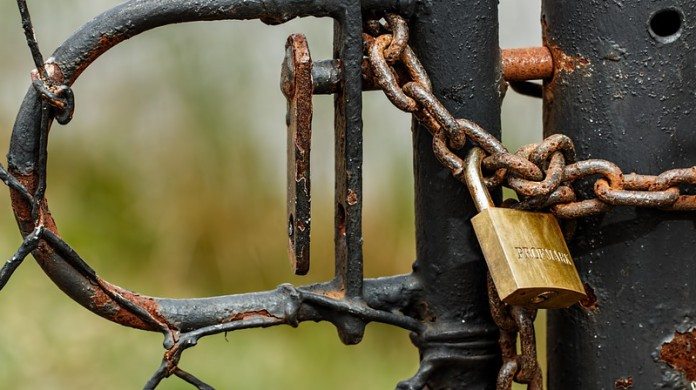
SIBANYE is to issue South Africa’s Department of Mineral Resources (DMR) with a R26m legal claim following the application of a number of Section 54 closures at Kroondal Platinum Mines last year, according to market speculation.
The legal action is thought to be based on the notion that the DMR operated outside the scope of its authority following a fatal accident in September. The mine was shut after the DMR issued initial and subsequent follow-on Section 54 notices.
Sibanye subsidiary, Sibanye Platuinum, prepared a founding affidavit at the time in which it described the actions of certain DMR officials from its Rustenburg office as “misguided and wrongful” claiming it had already taken reasonable measures to ensure the safety of its employees.
James Wellsted, spokesman for Sibanye, declined to comment when asked by Miningmx to verify the speculation.
Sibanye Platinum ascribed the accident at Kroondal to non-compliance by employees to existing safety policies and procedures. It added the accident was avoidable if only procedures had been followed and as such it was not considered to be a wide ranging threat to employee safety.
The initial Section 54 order given by the DMR however, stopped production at Kroondal’s five shafts which impacted significantly on the operations.
Despite a number of interactions between Sibanye’s senior management between August 19 and August 22, including CEO Neal Froneman and a comprehensive audit of the safety systems on TMMs (trackless mobile mining vehicle), the DMR’s office would not lift the stoppage.
Sibanye Platinum argued in the affidavit that the blanket stoppage would result in a revenue loss of some R13.5m a day and threaten the continued operation of the mine which had been loss-making for two years.
“The applicant [Sibanye Platinum] cannot afford a continuing shut-down of its operations at the mercy of the respondents, with no reasonable justification whatsoever,” one paragraph in the affidavit read. “The conduct of the Principal Inspector is nothing short of misguided and wrongful,” it added.
“If the applicant is required to have its operation closed down for the full time it may take for it to vindicate its legal rights, it will go out of business and its staff will necessarily no longer be employed by it,” it said.
The affidavit was never served on the Labour Court because the DMR relented and allowed Kroondal to be reopened pending certain conditions. This was apparently soon followed by a number of further stoppages.
ANGLOGOLD ASHANTI
AngloGold Ashanti took the matter of alleged reckless issuances of Section 54 notices a step forward when it won a decision against the DMR in the Labour Court in November.
The court’s Judge Andre van Niekerk ruled that the DMR officials had ignored the notion of “proportionality” when it issued a Section 54 notice shutting AngloGold Ashanti’s Kopanang mine.
In layman’s terms, the DMR had acted wrongly in shutting the entire mine when transgressions of the act had only occurred on level 44 which employed 2% of Kopanang’s entire 4218 employees. Kopanang is situated in Orkney in South Africa’s North West province.
“No comment,” said Stewart Bailey, spokesman for AngloGold Ashanti, when asked if AngloGold Ashanti would adopt a similar approach to Sibanye by going after the DMR with costs.
Interestingly, Judge Van Niekerk stated in his AngloGold Ashanti judgement that he would have given “serious consideration” to awarding costs for the legal action in the personal capacities of the persons involved had they been applied for.
This potentially opens the door for AngloGold to follow a similar route as Sibanye should irrational Section 54 notices continue to be issued.
Section 54s are the notices issued in terms of the Mine Health and Safety Act (MHSA) that allows government to stop mining in the event of an accident.
There is another part of the MHSA, a section 55, which enables the DMR to close the affected area in the event of an accident which is considered less punitive on the mining companies.











